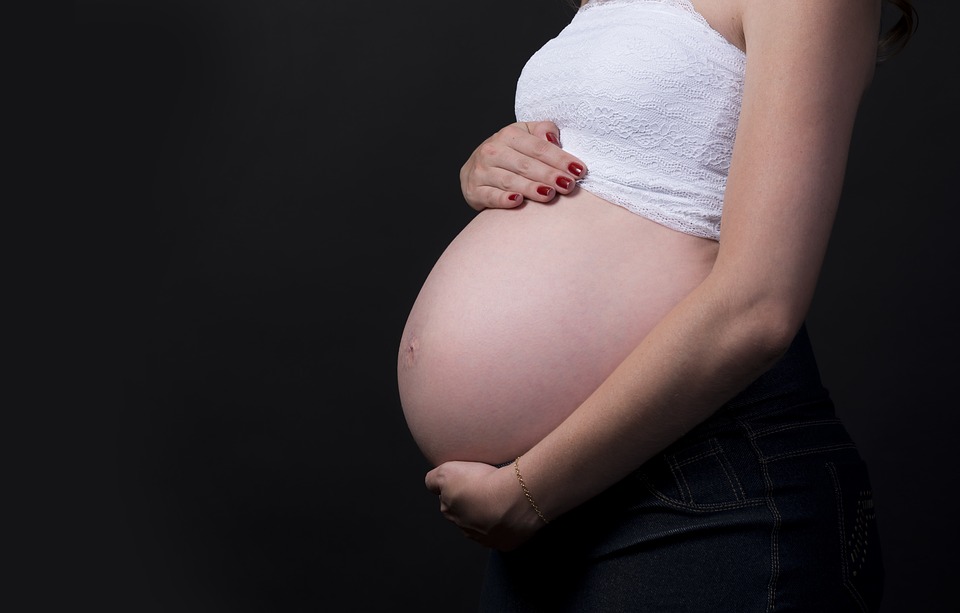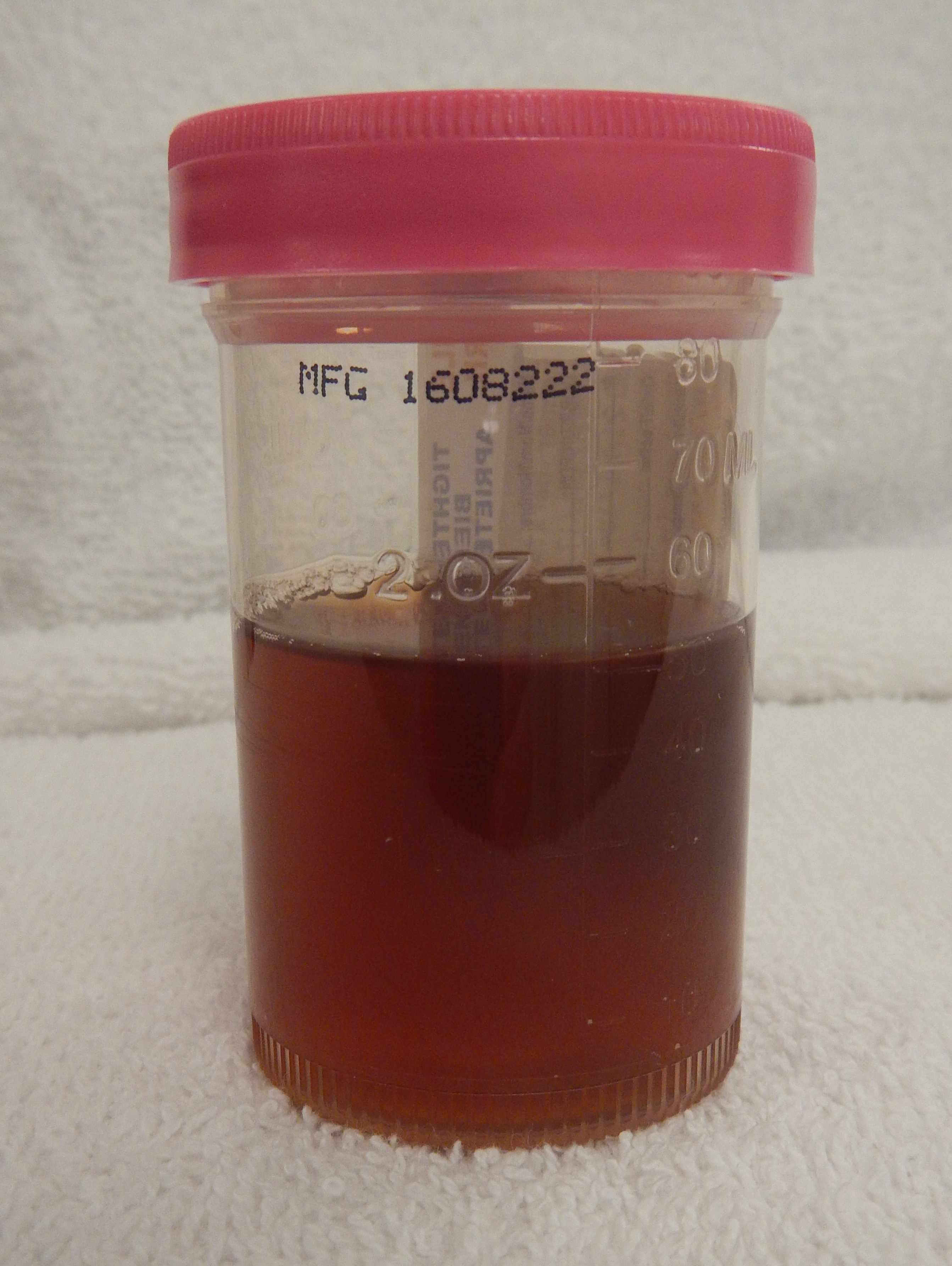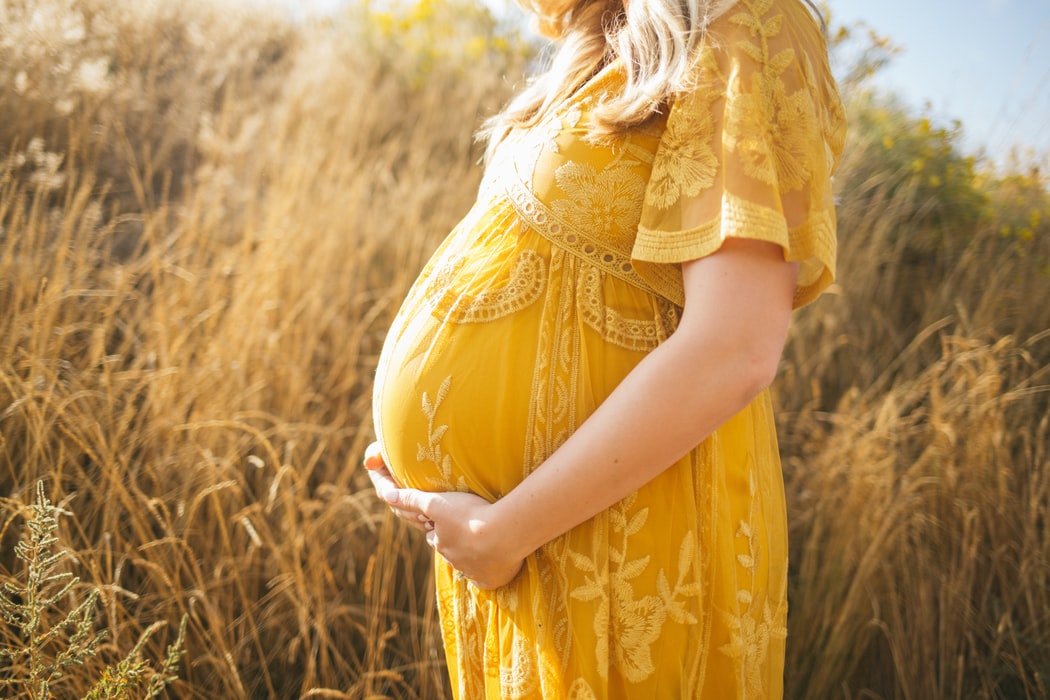Some pregnant women often guess the gender of their womb through various characteristics. They identify whether they are pregnant with a boy or girl. And the basis of this prediction is the physical changes of pregnant women, and color of the urine during pregnancy.

Apart from doing an ultrasound, it is common for these characteristics during pregnancy to use as a separate benchmark to determine whether the baby in the womb is a boy or a girl.
What Are The Characteristics That Indicate That You Are Pregnant With A Boy?
In today’s post, we will summarize the characteristics of pregnant with boys, which are often uses as a benchmark in predicting the gender of the baby.
Round Bally Shape Can Be A Sign That You Are Pregnant With A Boy

Some still think that they can predict the sex of the fetus in the womb from the shape of the stomach. If the mother’s stomach tends to be more perfectly round and downward, it means that she is pregnant with a boy.
However, the actual condition of the stomach is not necessarily the correct prediction. Because the appearance of the belly of pregnant women varies widely. It is adjusted to the body type and stage of pregnancy, so that the shape of the stomach cannot be uses as a definite reference in determining gender.
The Appearance Of Acne

Many think that the appearance of many pimples during pregnancy indicates that the fetus is a boy. Moreover, this is reinforce if the mother has previously experienced problems with acne.
Besides, acne can be common during pregnancy. Increased androgen hormones cause it. This hormone can make the production of an oily substance or sebum on the face. Excessing sebum on the face closes the skin’s pores and creates new areas so that bacteria can multiply quickly. This is what it can eventually lead to inflammation and skin breakouts.
Furthermore, food consumption, facial hygiene, and hormonal activity can also become the causes of skin conditions with acne during pregnancy.
Dark Urine Color Can Also Indicate That You Are Pregnant With A Boy

Another characteristic that is commonly believed to determine the sex of the fetus in the womb is by looking at the color of urine. Many say that the sign of pregnancy with boys will be seen from the urine’s darker color.
But in reality, the color of a person’s urine, including pregnant women, depends on what they consume. Changes in urine color can occur due to adequate levels of fluids in the body. For this reason, urine color cannot be a benchmark for predicting the gender of the fetus in the womb.
Cravings For Sour And Salty Foods

When you are pregnant with a boy, you will want more or crave sour, salty, and savory foods. However, there has not been a clear study as strong evidence that cravings for sour and salty foods are a benchmark for being pregnant with boys.
In general, pregnant women do not only crave certain types of foods but can also various kinds of foods. And in case if they want to crave certain foods, it usually occurs due to changes in nutritional needs during pregnancy.
Heart Rate Conditions Below 140 Times

Some believe that the fetal heart rate of girls will be higher than that of boys. That way, they argue that a pregnant women’s heart rate per minute below 140 times means that she is pregnant with a boy.
But this heart rate problem cannot be uses as a benchmark. Because there was no significant difference between boys’ and girls’ heart rates during pregnancy. The fetal heart rate can vary according to the movement and development of the womb.
Less Often Experiencing Morning Sickness

Many believe that the condition of pregnant women who experience morning sickness less often indicates that they are pregnant with a boy. On the other hand, pregnant women who experience nausea and vomiting throughout the day are often considered to be carrying a baby girl.
But in reality, this has not been confirmed medically. Because morning sickness or nausea is common in early pregnancy. And the condition of morning sickness will vary for each pregnant woman. Therefore it cannot be consider as a factor to predict the gender of the baby.

